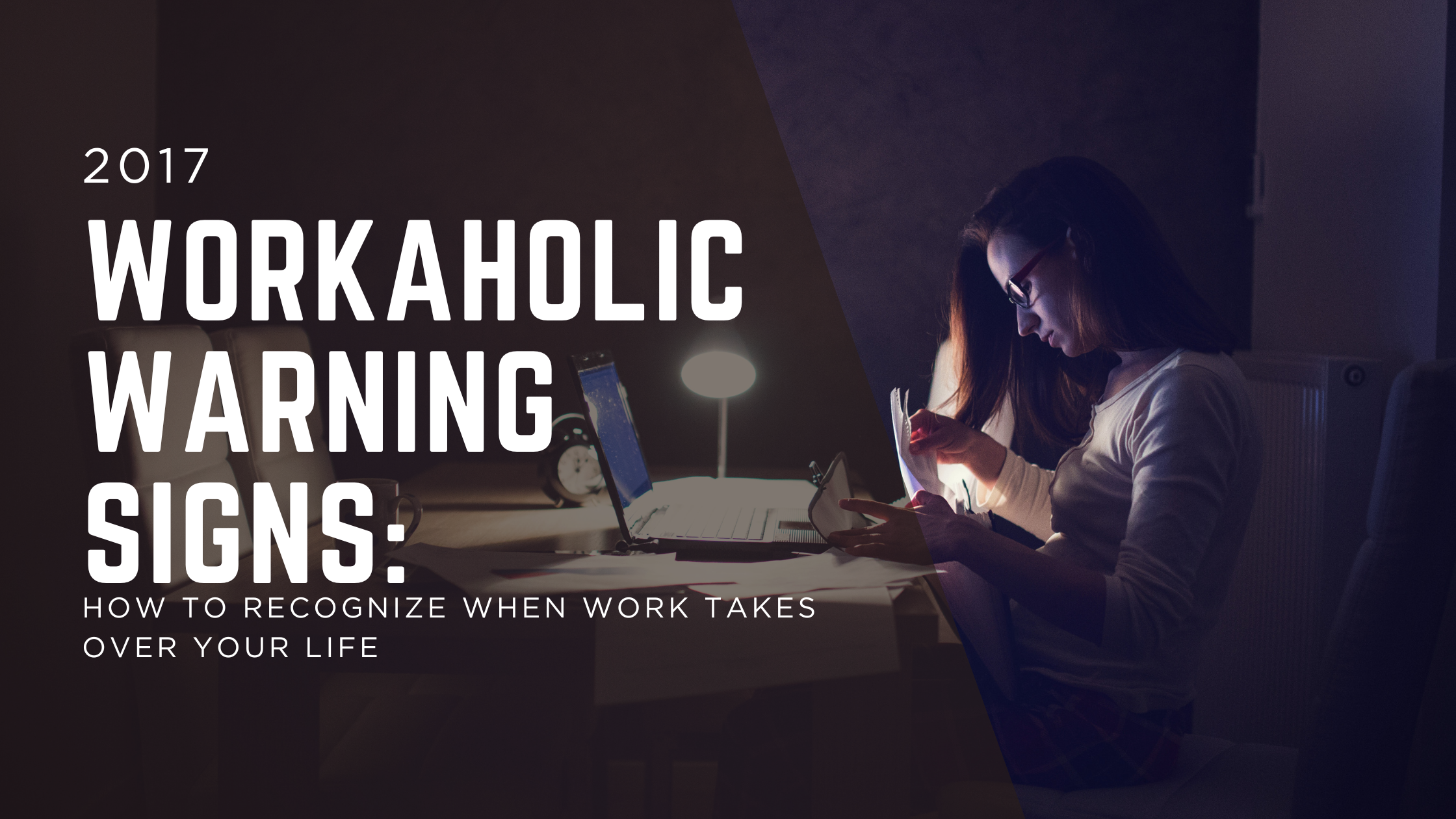
In our ongoing series about work-life balance, today we’re tackling a sensitive but crucial topic: identifying workaholic tendencies. While technology and job insecurity keep many of us constantly connected to work, recognizing when busyness becomes addiction is the first step toward reclaiming your life and wellbeing.
⚖️ Work-Life Balance Series
This article is part of our ongoing exploration of work-life balance. Look for future posts with practical strategies for creating healthier work habits.
The Slippery Slope from Busy to Addicted
Many professionals navigate busy periods while maintaining balance, but for others, a demanding month can gradually become an unsustainable lifestyle. The transition from dedicated worker to workaholic often happens so gradually that we don’t notice until our health and relationships suffer.
🔍 Defining Workaholism
“Workaholism is not defined by hours. It’s defined by what’s going on inside of us. A workaholic is someone who’s on the beach dreaming about being back at work. A healthy worker is at work, dreaming about being on the beach.”
Physical Warning Signs: When Your Body Speaks Up
Your body often signals work addiction long before your mind acknowledges it. Workaholics frequently develop habits that undermine physical and mental health.
🏥 Physical Symptoms
- Gastrointestinal problems and digestive issues
- Frequent headaches and migraines
- Significant weight gain or loss due to poor eating habits
- Chronic fatigue and constant tiredness
- Increased alcohol consumption for stress relief
🍽️ Lifestyle Indicators
- Relying on junk food or skipping meals entirely
- Eating lunch at your desk or while working
- Abandoning exercise routines
- Irregular sleep patterns and insomnia
- Increased irritability and mood swings
Relationship Red Flags: The People You Love Notice First
Your closest relationships often bear the initial brunt of work addiction. Loved ones typically notice the problem long before you do.
👨👩👧👦 Family Strain
When people who love you say “I never see you” or “you’re never around,” it’s time for serious self-reflection.
🎉 Missed Milestones
Consistently missing important events like anniversaries, birthdays, and family gatherings due to work.
⚖️ Boundary Issues
Finding it easy to say “yes” to your boss but difficult to say “yes” to family time and personal commitments.
💔 Marital Stress
Work addiction often leads to relationship conflicts and marital problems over time.
The Workaholic Paradox: More Work, Less Effectiveness
Contrary to popular belief, workaholics don’t necessarily produce better work or achieve more than their balanced colleagues.
📉 Lower Job Satisfaction
Workaholics report significantly less satisfaction with their jobs despite their intense commitment.
🔥 Increased Burnout
Constant work leads to higher rates of exhaustion and professional burnout.
😔 Reduced Life Satisfaction
Overall life satisfaction declines as work consumes more personal time and energy.
⚡ Greater Job Stress
Workaholics experience higher stress levels than colleagues with better boundaries.
The Bergen Work Addiction Scale: A Scientific Self-Assessment
Norwegian researchers developed this validated assessment to help identify work addiction. Score each statement using this scale:
📝 Assessment Criteria
1. Time Allocation: You think of how you can free up more time to work.
2. Overtime Pattern: You spend much more time working than initially intended.
3. Emotional Dependence: You work to reduce feelings of guilt, anxiety, helplessness, or depression.
4. External Feedback: Others have told you to cut down on work without you listening to them.
5. Withdrawal Stress: You become stressed if you are prohibited from working.
6. Lifestyle Sacrifice: You deprioritize hobbies, leisure activities, and exercise because of work.
7. Health Impact: You work so much that it has negatively influenced your health.
📊 Interpretation Guide
If you scored “often” (4) or “always” (5) on at least four of the seven criteria, you may be a workaholic. The first step toward change is honest self-assessment.
Breaking the Cycle: From Compulsion to Control
Unlike substances you can quit entirely, work requires a balanced approach rather than complete abstinence. The key is developing intentional work habits.
📅 Schedule Intentional Work Hours
Set clear start and end times for work each day, and stick to them as you would any important appointment.
🎯 Practice Single-Tasking
Focus on one task at a time rather than chaotic multitasking that leads to longer hours and lower quality work.
📝 Maintain a Priority List
When unexpected tasks arise, return to your prioritized list rather than immediately adding to your workload.
🔄 Regular Reprioritization
Consciously evaluate and adjust your priorities rather than compulsively responding to every new demand.
The Workaholic Recovery Journey
Stage 1: Awareness
Recognize the patterns and acknowledge the impact on your health and relationships
Stage 2: Assessment
Use tools like the Bergen Scale to objectively evaluate your work habits
Stage 3: Planning
Develop specific strategies for creating boundaries and balanced work habits
Stage 4: Implementation
Consistently apply your new approach to work and life balance
🌱 Your Path to Balanced Work
Recognizing workaholic tendencies isn’t about judging yourself—it’s about reclaiming your health, relationships, and overall quality of life. Work, like food, is essential but requires balance and boundaries. The goal isn’t to work less, but to work smarter and live more fully.
“A wealthy person is simply someone who has learned how to make money when they’re not working.” – Robert Kiyosaki







